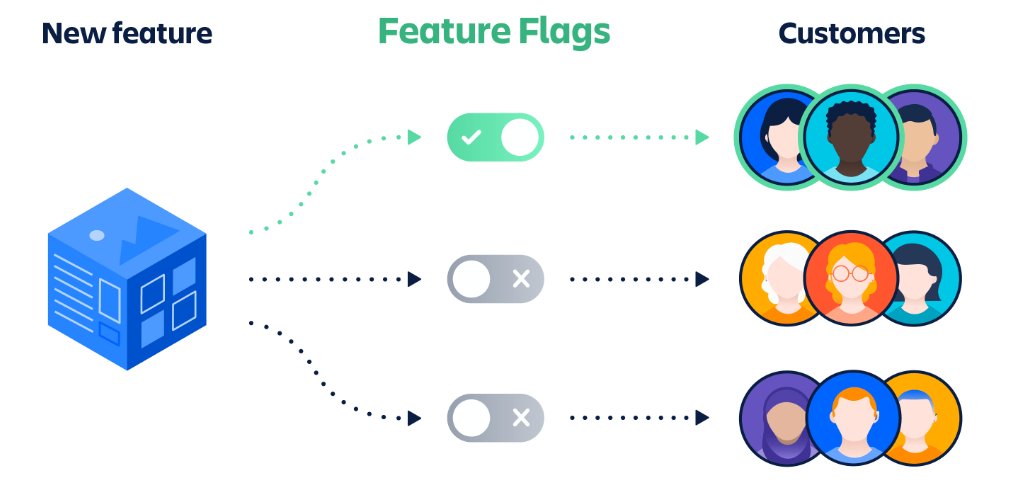What is Testing in Production?
Testing in production (TIP) is a practice in the software development cycle where tests are performed on a product in a live environment instead of a staging environment.
Catching bugs in the pre-production stage is an effective way to release quality products and win customers’ trust. But not all bugs can be fixed pre-production considering the restrictions in simulating a product in a live environment.
Also, tests in the staging environment are restricted to a limited number of users, while post-production tests are made available to real users.
It is for this reason testing in production is challenging because it can cause a detrimental impact if not done right. If anything goes wrong, the impact will not stay confined to your organization but be felt in its outer circle as well. But given the growing importance of TIP, companies can no longer turn away from this methodology.
Why is testing in production beneficial?
Convinced of the benefits of TIP, companies are becoming less and less hesitant about using this testing method today. Here are the reasons why you must give TIP a try:
Collect user feedback
Testing in production allows you to collect data from your users’ interaction with new features. Based on the feedback collected, you can optimize your product features to deliver superior user experiences.
Fix glitches
In case you’ve missed any bugs in the staging environment, they can be identified and fixed to ensure the release of a higher-quality product to the end users.
Support incremental release
TIP allows you to test and debug through small iterations. This limits the impact of technical faults to a small number of users. As a result, you can optimize every release, making your product’s current version better than the previous versions.
Move between different testing types
TIP expands the scope of testing by facilitating the easy transition between different types of testing. For example, using this methodology, you can conduct hardcore functionality testing of a UI change, after that which you may also perform an A/B test to record users’ responses to those changes.
With all of that said, let us remind you that TIP should never replace staging tests. While some tests work fine in staging, others need production data to be worked upon. Nevertheless, both are equally important in improving product experiences. Testing in staging and testing in production must go hand in hand and neither is the replacement for one other.
What is the challenge of testing in production?
Undertaking a methodology as TIP comes with certain challenges as well. If TIP goes wrong, companies can face serious real-world consequences. Here are some risks of this practice:
- Accidental leakage of sensitive data because a wide range of tools has access to a feature.
- Deployment of advanced capabilities to allow changing functionality according to user convenience.
- Financial and reputational loss from the risk of releasing a poorly designed feature of a product.
For all of these reasons companies still weigh the pros and cons of TIP and some are still apprehensive about trying it out.
How to do TIP right?
Testing in production is a necessary step in the modern software development cycle. Instead of ignoring it, the focus must be on following a practice that lets you experience the benefits of TIP while keeping the risks at bay. This brings us to Feature Rollouts, also called Feature Flags.

Feature Rollouts is an advanced software technique that allows you to switch on or off a functionality without requiring you to deploy any codes. You can restrict certain functionalities from public viewing while you can test them, keeping the original code intact, and thereby giving you full control over feature experimentation.
This helps you with the incremental release of product features and continuous product improvement by capturing feedback from smaller user bases. To top it all, when you go for a privacy-compliant platform with feature flags management system, you can set aside the data challenges in TIP.
VWO FullStack comes to the rescue…
VWO FullStack comes with a feature flag system that can help you can switch on or off a feature using a toggle control and specify in which environment a feature is available. In fact, you can allocate the traffic percentage you would like to make part of your test campaign.

No matter how difficult your testing goals are, VWO FullStack allows you to perform the most complex tests on any platform or device. Some of the VWO FullStack capabilities are Features, Feature Rollout, and A/B testing.
Features
Deliver any feature in phases instead of releasing them all at once to all users. Learn quickly from inconclusive tests and iterate faster to launch features that are more efficient than their previous versions.
Feature Tests
Test a product feature by creating different variations using different variables to measure their impacts and get a real-time view of the performance of your product features.
A/B Testing
From algorithms to subscription flow, you can test everything with full-stack A/B testing. Experiments that can’t be performed on the client side can easily be performed using this server-side testing tool.
To know more about VWO FullStack and its importance, read this blog. Further, with VWO being GDPR-compliant, your user data remains fully protected owing to its robust security features.
Testing in production is a standard software development practice today. Overlooking its importance can cost your business dearly. As we mentioned, using feature flags is one of the best ways to make the most out of this methodology. So, request a demo of VWO FullStack to accelerate your testing cycle.










